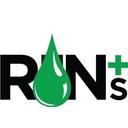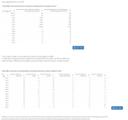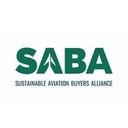Pioneering Achievements

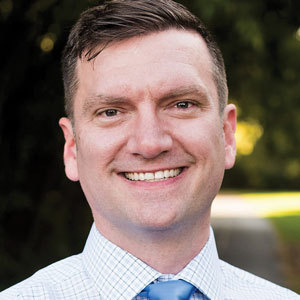
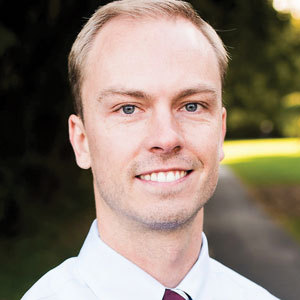
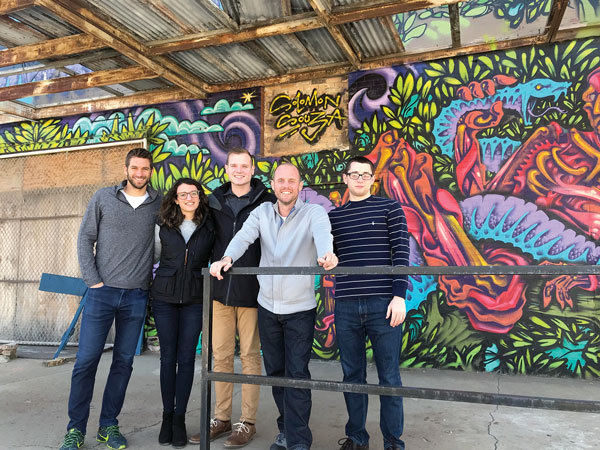
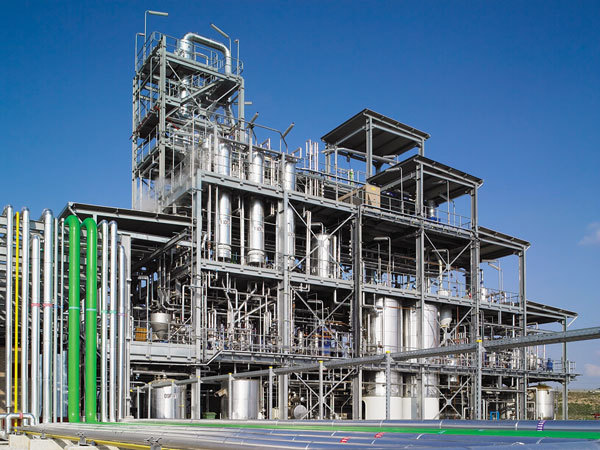
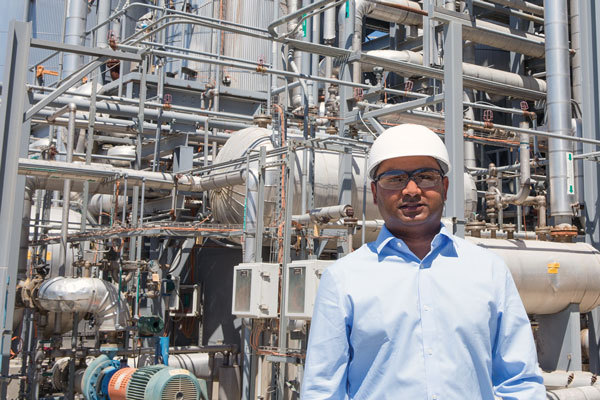
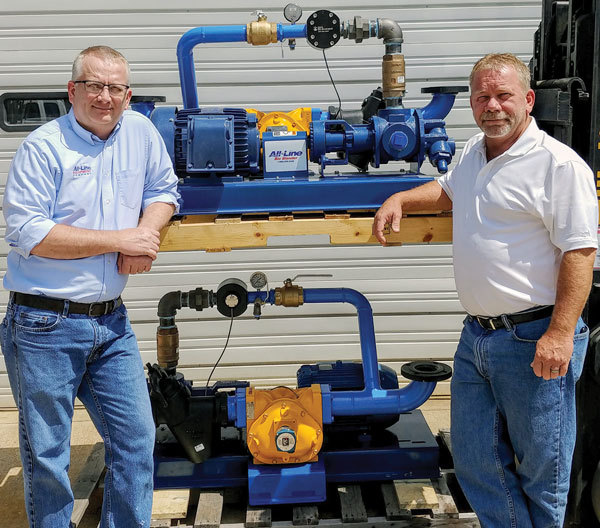
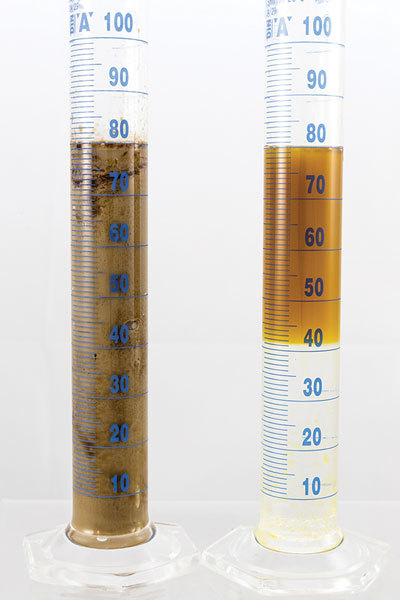
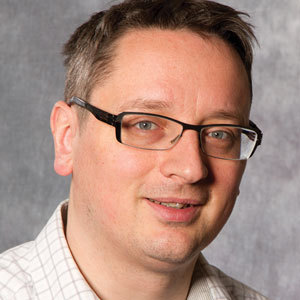
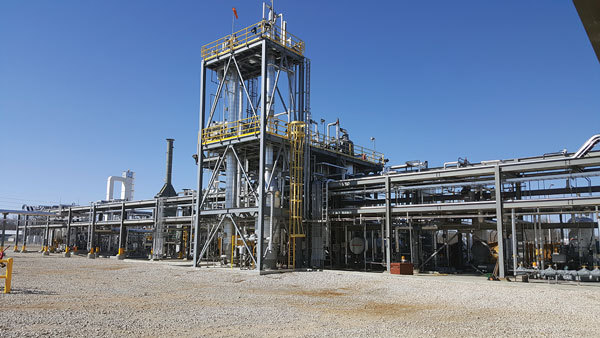
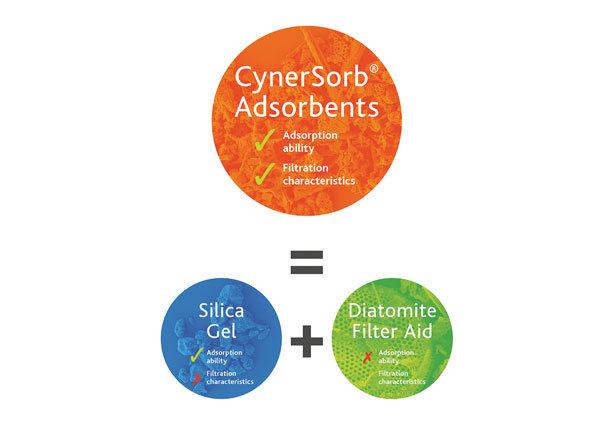
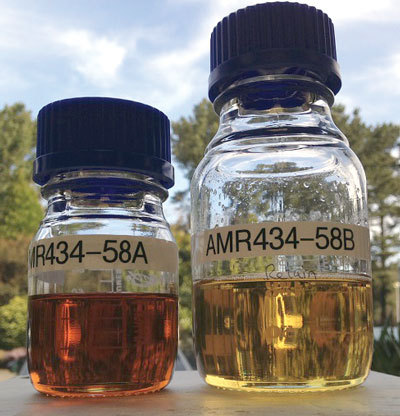
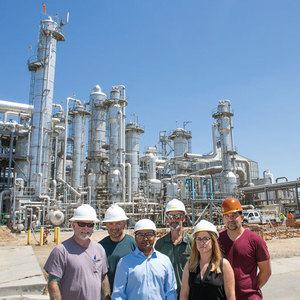
PHOTO: RPS-RENEWABLE PROCESS SOLUTIONS
May 23, 2018
BY Ron Kotrba
Advertisement
Advertisement
Related Stories
Nearly 1.91 billion RINs were generated under the Renewable Fuel Standard in March, down from 1.92 billion generated during the same month of 2023, according to data released by the U.S. EPA on April 18.
The U.S. EPA on April 18 released updated small refinery exemption (SRE) data, reporting that two additional SRE petitions have been filed under the Renewable Fuel Standard in the past month. A total of 38 SRE petitions are now pending.
Jet2.com on April 16 announced that it will use a blend of sustainable aviation fuel (SAF) at London Stansted Airport in 2024, meaning the leading leisure airline will use SAF on departing flights from two U.K. airports in 2024.
Meridian Energy Group Inc., the developer of a proposed greenfield oil refinery in Belfield, North Dakota, on April 16 announced that the facility will have the ability to co-process up to 4,000 barrels per day vegetable oil.
Sustainable Aviation Buyers Alliance has announced the largest ever collection of deals to purchase high-integrity SAF certificates (SAFc), with SABA members committed to channel close to $200 million into purchasing SAFc over five years.

